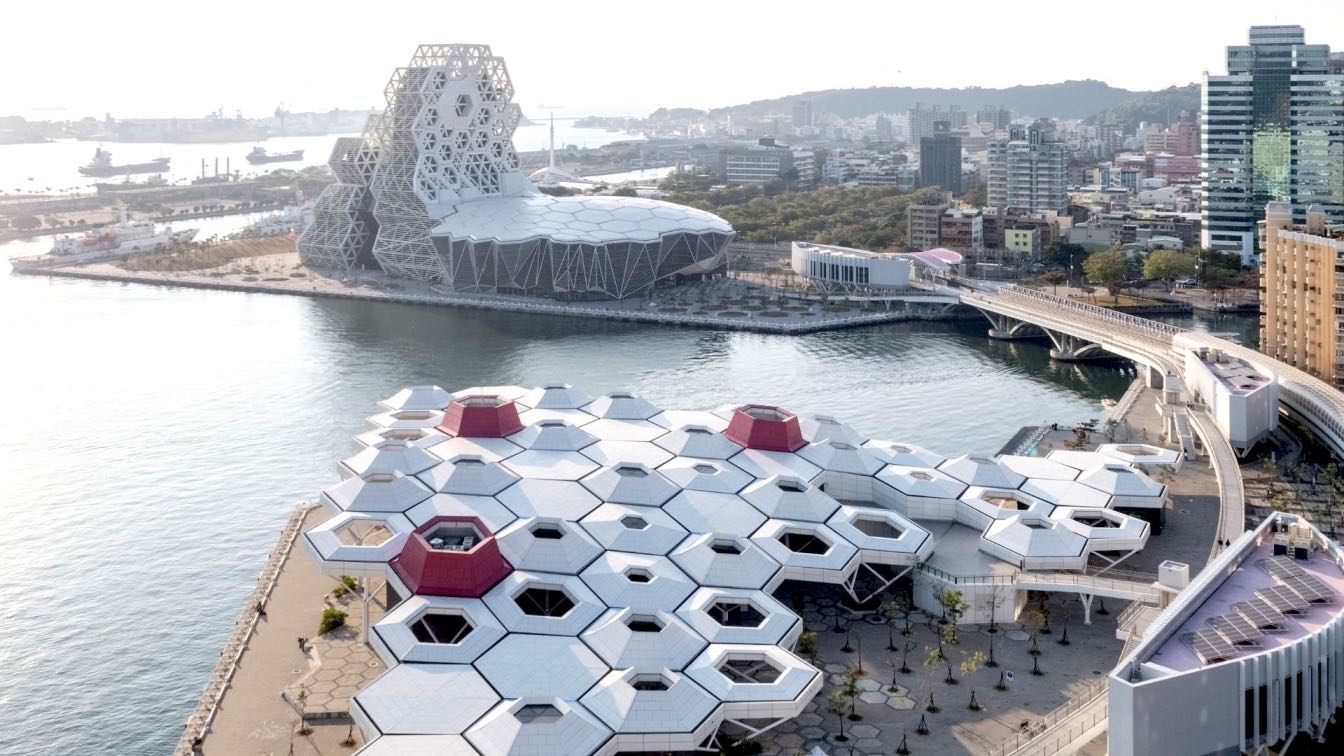"No nightlife, no tourism." According to relevant statistics over 60% of tourism consumption in China occurs at night. During the day, Chongqing's CBD core area at Jiefangbei is a place for busy work, while at night, it transforms into a vibrant and charming stage.
NIGITECONOMY
"MUUUR"
UNLOCKS THE FLOW PASSWORD OF CBD CORE AREA
Walking in the city of Chongqing, you will always feel there are endless stairs to climb, obstacles to overcome. This is perhaps what they call "Three meters above one's head, there are people." Just as within the 2006 square meters of MUUUR, ARCHIHOPE's design team have constructed mountain stairs in a metal jungle.
Traffic Conversion
ARCHIHOPE have created a feast for the eyes and ears - the "MUUUR" brand. The naming is intended to fully liberate people's vision and hearing.
After the brand and positioning are established, the marketing conversion of the IP is the kingly way, and the perpetual motion machine that produces dopamine is secreted accordingly. The night has given rise to the night economy and also created a true self for people, presenting their five senses. Unlike during the day, there is no sense of distance caused by caring about behavioral details and disguises. The attraction of "MUUUR" lies in giving everyone a reason to escape from the daily routine and allowing everyone to "remove the makeup" of their souls. What it inspires is not the ambition to conquer the world, but the desire for healing, release, and life.
Building Facade
ARCHIHOPE is good at increasing the "gravitational force" of the project from the perspective of urban IP. In terms of recognition, considering the market logic such as the difference, exclusivity, and acceptance of the environment, they think about the external image of the building facade and commercial storefronts. Therefore, the designers extracted the special-shaped building skin made of perforated plates.
The building facade crafted from perforated metal; as night falls, the metal curtain seems to tear open a mysterious passage for you. The audience enters through an entrance torn open in the building envelope, stepping into an interior where LED lights, heavy metal facades, and unreachable red staircases intertwine. One must first traverse a narrow passage to discover the mountain stairs amidst the jungle, as the design unfolds several steps that fully heighten the audience's anticipation.
ARCHIHOPE's founder Hihope Zhu said, “We envision MUUUR as a utopia-like jungle paradise, where entering is a journey of changing landscapes. Within the internal space's passages. We've crafted a unique primal atmosphere with storms, thunder, scorching sun, uphill and downhill paths, akin to navigating the streets and alleys of Chongqing through all four seasons.” Immediately following is the unfolding path in the design of an immersive landscape space. Upon reaching the end of the narrow passage, what unfolds before your eyes is a sudden revelation.
Acoustic Space
Based on auditory essence, ARCHIHOPE's design team took inspiration from renowned British sound engineer Alex Boyesen's advice, meticulously considering the shape of the entire space, sound-absorbing materials, and audience seating layout. They ultimately adopted the concept of "mountain city" to guide the design of the entire space, circulation, and structure.
































